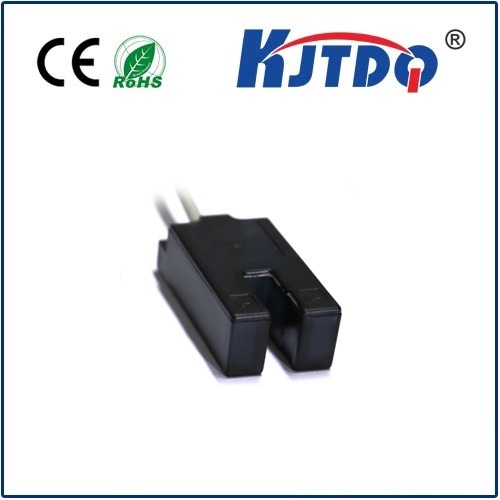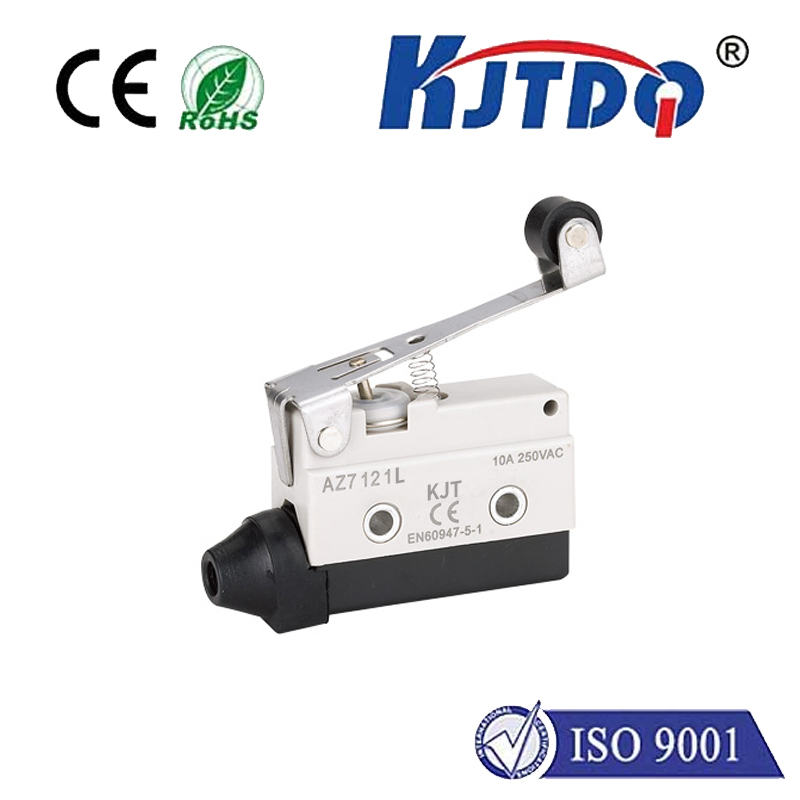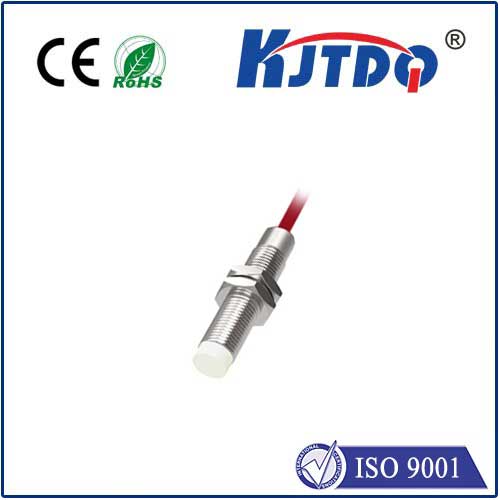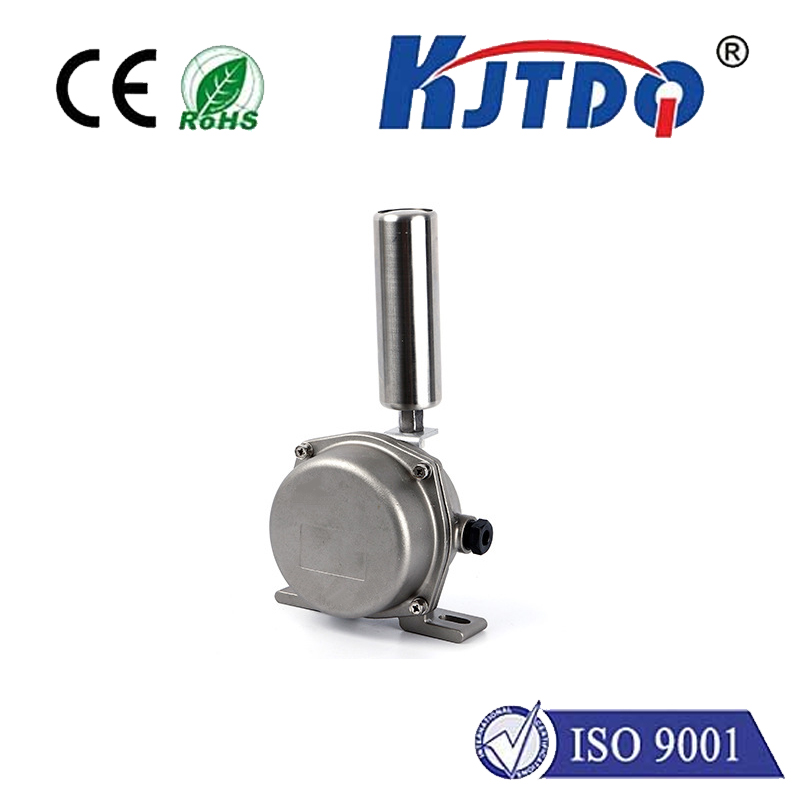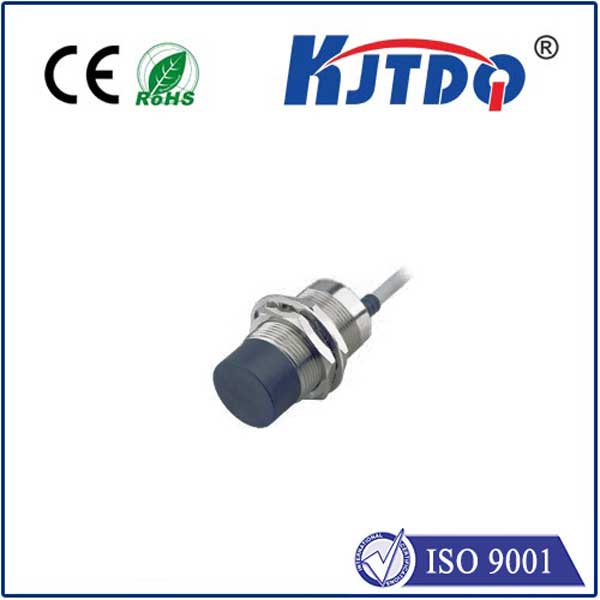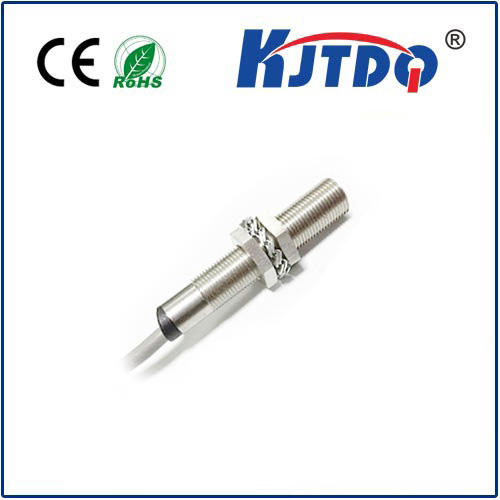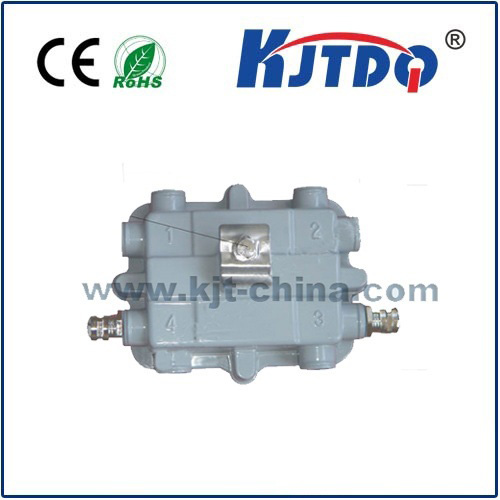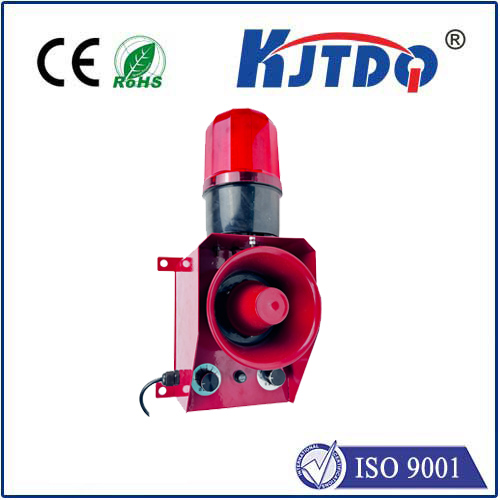
check

check

check

check
Introduction:
In the automotive industry, sensors are crucial components that help improve vehicle performance and safety. Among these sensors, RPM proximity sensors play a vital role in ensuring smooth engine operation and preventing mechanical failures. This article explores the significance of RPM proximity sensors in enhancing the safety and efficiency of vehicles.
Body:
I. The Role of RPM Proximity Sensors in Engine Operation
A. Understanding the Function of RPM Sensors
1. Detecting Rotor Speed
2. Monitoring Mechanical Health
B. How RPM Sensors Work
1. Transmitting Data to the ECU
2. Alerting Maintenance or Repair Requirements
C. Benefits of Using RPM Sensors
1. Reduced Wear and Tears on Engine Components
2. Improved Fuel Economy and Performance
D. Examples of Innovative Uses of RPM Sensors in Modern Cars
1. Electric Vehicle (EV) Engine Management System
2. Hybrid and Plug-in Vehicle Charging Systems
II. Improving Vehicle Safety with RPM Proximity Sensors
A. Ensuring Safe Ignition during Acceleration and Deceleration
1. Preventing Stalling and Engine Overheating
2. Avoiding Potential Fire Hazards
B. Providing Real-Time Engine Monitoring for Better Driver Control
1. Detecting Malfunctions Early on
2. alerting Drivers to Potential Issues
C. Enhancing Stability Control System Performance
1. Preventing Unintended Drift or Skidding
2. Improving Handling and Balance on the Road
III. Enhancing Vehicle Efficiency with RPM Proximity Sensors
A. Optimizing Idle Speed Control for Better Fuel Economy
1. reducing Idle Time for Better Engine Utilization
2. Minimizing Fuel Consumption and Emissions
B. Improving Throttle Response and Timing for Enhanced Power Delivery
1. Ensuring Accurate Speed Control at All Times
2. Maximizing Energy Efficiency for Longer Drives
C. Streamlining Regenerative Braking System Operation
1. Detecting when Regenerative Braking is Needed
2. Enabling More Effective Energy Storage and Recovery
Conclusion:
In conclusion, RPM proximity sensors play a critical role in ensuring the safe and efficient operation of modern vehicles. By detecting rotor speed and monitoring mechanical health, RPM sensors transmit valuable data to the Electronic Control Unit (ECU), alerting maintenance or repair requirements as needed. Additionally, they enhance vehicle safety by preventing stalling, engine overheating, and potential fire hazards, while also providing real-time engine monitoring for better driver control. Finally, by optimizing idle speed control, improving throttle response, and streamlining regenerative braking system operation, RPM proximity sensors contribute to enhanced fuel economy, reduced emissions, and improved overall driving experience for passengers and cargo alike.
